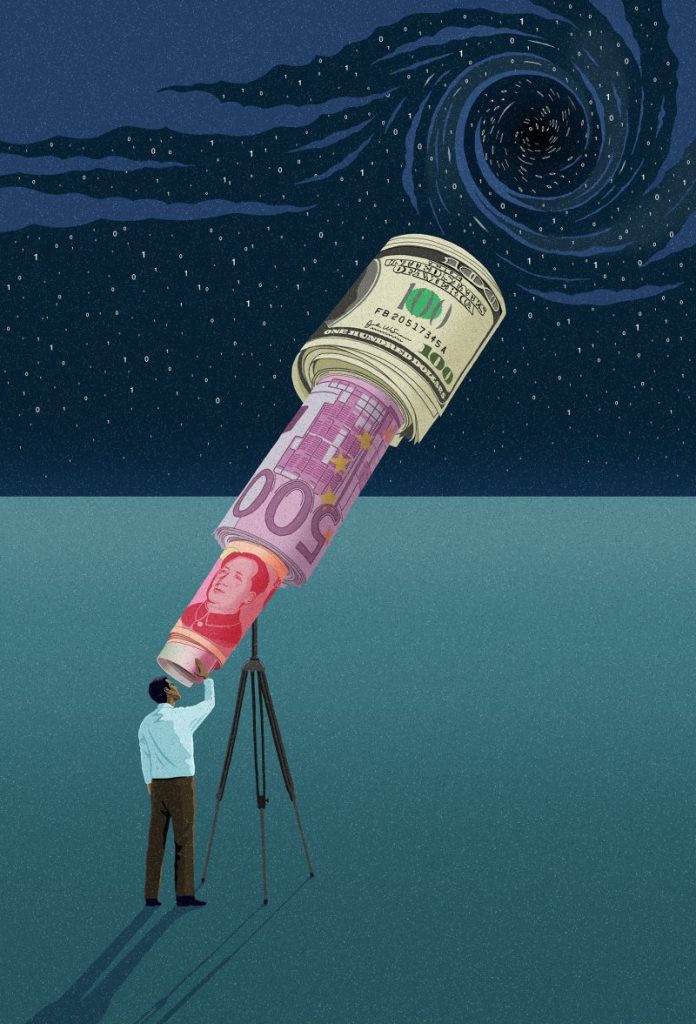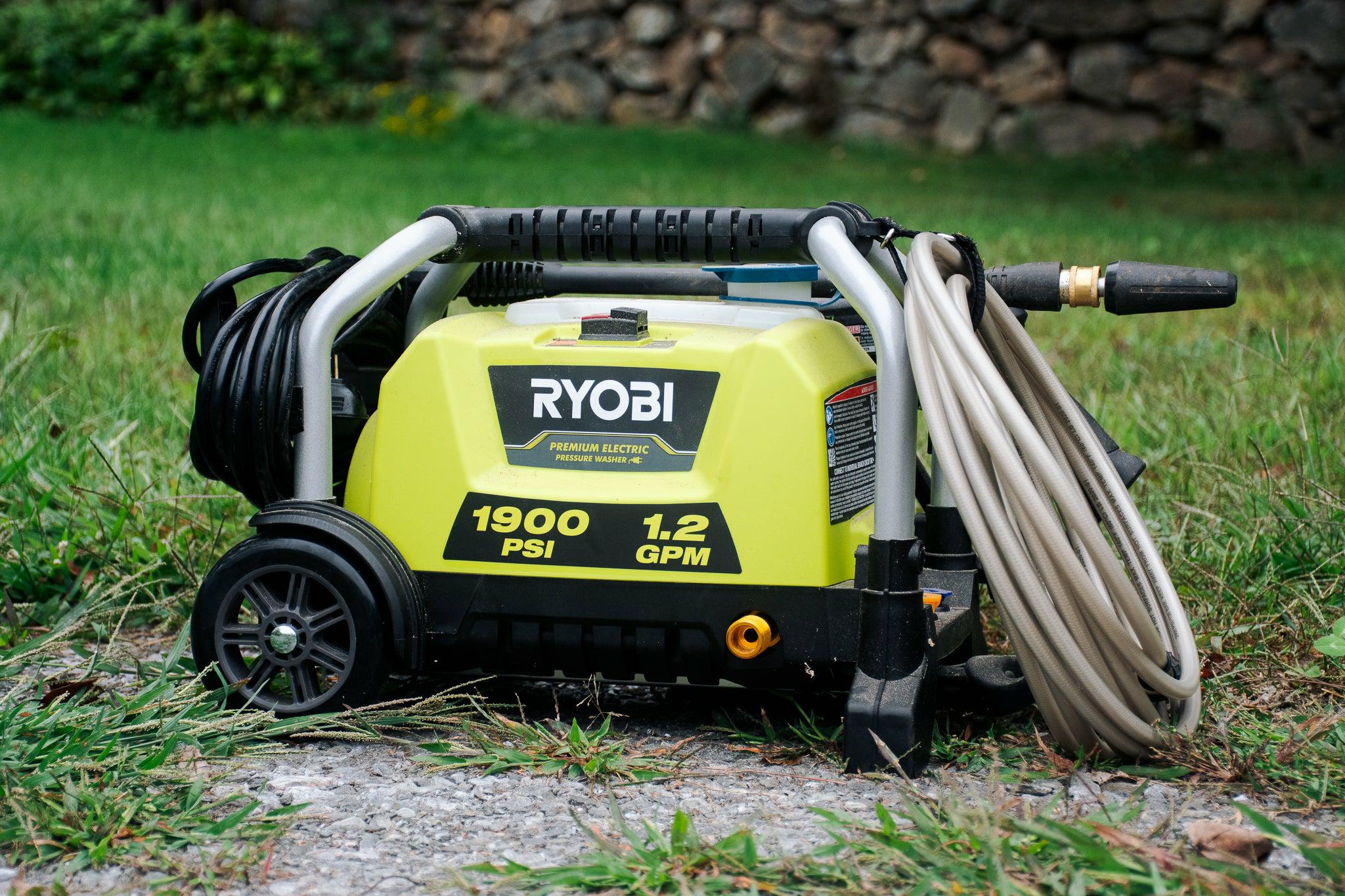hen Franklin Roosevelt told his economic advisers he was about to take the U.S. off the gold standard, they freaked out. The President was leading the country into “uncontrolled inflation and complete chaos,” one of them said. Another said it was “the end of Western civilization.” Roosevelt’s aides weren’t wild-eyed reactionaries; their view was conventional wisdom.
The gold standard, almost everybody agreed, was the natural way to do money. Under its rules, anybody who wanted to could trade in paper money for a fixed amount of gold. In the U.S., $20.67 got you an ounce of gold, year in and year out. That unchanging value was the whole point of the gold standard. Take away the gold, and money would obviously be just worthless paper.





This worldview turned out to be completely wrong. Clinging to the gold standard was part of what created the Great Depression in the first place. Leaving it in 1933 was an essential step toward economic recovery. So why were Roosevelt’s advisers, and most of the leading economists of the day, blinded by their devotion to gold?
There’s this thinking error we almost always make with money. The way money works at any given moment feels like part of the natural order, as with water or gravity. Any alternative to the way money works seems like some absurd game. Paper money not backed by anything? That’s like expecting water to flow uphill!
Then some political or technological or financial shock comes along, and suddenly there’s something new: paper money backed by metal, or paper money backed by nothing, or simply numbers on a screen. Pretty soon, we get used to the new money. It comes to seem like the natural state of things, and anything else is foolishness.
We may be on the cusp of one of those shifts now. It’s impossible to say for sure how things will play out, but history provides some deep insights into what should make us hopeful about the future of money—and what should scare us.
Money Is Technology
Around A.D. 100, a Chinese court official ground up a mash of mulberry bark, rags and fishnets, and invented paper. A few centuries later, someone—maybe a Buddhist monk who was tired of writing the same sacred text again and again—carved a sacred text into a block of wood and invented printing.
A few centuries after that, a merchant in the capital of Sichuan set out to solve another problem: the money his customers were using was terrible. It was mostly iron coins, and it took a pound and a half of iron to buy a pound of salt. It would be the modern equivalent of going grocery shopping with nothing but pennies.
So the merchant told his customers that they could leave their coins with him. In exchange, he gave them a claim check—a piece of paper that could be used to retrieve the coins. People started using the claim checks themselves to buy stuff, and paper money was born. It was a huge hit.
Paper money relied on paper and printing, which were a kind of technology. But paper money itself also was a new technology—a tool that made trade easier. This led to an increased exchange of ideas and more economic specialization, which in turn meant people could grow more food and make more stuff. Paper money helped China get richer. At the same time, that new technology came with risks—it meant rulers could print lots of money, which sometimes led to ruinous inflation.
Today, new technologies allow us to move money using the supercomputers in our pockets. In the coming years, technology will drive even more dramatic changes in money, as the full impact of crypto-currencies becomes clear. Like paper money, these new technologies will continue to bring new opportunities, efficiencies and risks.
Money is both public and private
One key dynamic to watch as digital currency evolves is the tension between the government and private firms, a theme that runs like a golden thread through the history of money.
Consider the case of America in the mid–19th century, when almost any bank could print its own paper money. The $2 bill from Stonington Bank in Connecticut had a whale on the front; the $5 bill from the St. Nicholas Bank of New York City had a picture of Santa Claus. At one point, private banks were printing more than 8,000 different kinds of money.
This was still the era when paper money was a claim check for gold or silver. If a bank went bust, the valuable claim check was suddenly just a piece of paper with a picture of Santa Claus on it.
This presented a problem for merchants who faced customers using thousands of kinds of money. How could they know which banks were sound? For that matter, how could they tell real money from counterfeit? Publications called banknote reporters sprang up to solve both problems. They were little magazines that listed bills from all around the country, with brief physical descriptions and recommendations for whether to accept the money at full value or, in the case of shaky banks, at a discount.
Even today, banks create new money out of thin air every time they make a loan. This money, stored as balances in checking and savings accounts, is not so different from the paper money banks used to print. Well into the 20th century, depositors in the U.S. could lose their money when a bank went bust—just like their ancestors who were left holding worthless pieces of paper.
It was only in the 1930s, when the federal government started insuring most bank deposits, that this risk disappeared. In other words, modern banks create money that is in turn guaranteed by the federal government. Is this money public or private? It is both!
The original dream of cryptocurrency was purely private money—a currency that needed neither governments nor banks. And although this remains a technical possibility, it’s striking that more than a decade after Bitcoin was invented, almost no one uses crypto-currency in the ordinary way people use money—to buy stuff in everyday life. If crypto-currency does become ordinary money, it probably won’t be as some purely private libertarian money, but as the kind of public-private hybrid that money has almost always been. In fact, regulators have started to crack down on so-called stablecoins, a type of crypto-currency designed to substitute for our existing money.
Stable money is risky money
What should we worry about when we worry about the future of money? Sure, there are plenty of new cryptocurrencies whose values fluctuate wildly from week to week. But if we’re worried about broader risks—to the economy, rather than just to speculators—maybe we should focus on stablecoins. Rather than promising overnight wealth, many stablecoins offer stability with the claim that each virtual coin will be worth exactly $1 today, tomorrow and forever. As more and more people trade a growing number of crypto-currencies, stablecoins such as Tether and USD Coin have exploded in popularity. And in the history of money, we often find the promise of boring stability is ultimately more risky than the promise of quick riches.
Money-market funds worked like banks. Investors put money in. The fund then lent that money out, collected interest and paid some of the interest back to the investors. People and companies put trillions of dollars into money-market funds for safekeeping, and it seemed a lot like money in the bank—put a dollar in, take a dollar out, plus interest. But, unlike bank deposits, money-market fund investments were not guaranteed by the federal government.
In September 2008, the investment bank Lehman Brothers went bankrupt. As it happened, a large money-market mutual fund had lent $785 million to Lehman Brothers—and the bankruptcy meant that the fund might not get that money back. Investors in the money-market fund started demanding their money back. But the fund couldn’t deliver. In the parlance of money-market mutual funds, it “broke the buck”—investors could no longer take out a dollar for every dollar they put in.
The moment an asset that seemed safe suddenly seems risky can be profoundly destabilizing. Overnight, investors started trying to pull hundreds of billions of dollars out of money-market mutual funds. It was like a bank run, and as often happens in a run, the money-market funds weren’t going to be able to come up with all the money. Within a few days, as part of an effort to prevent a broader economic collapse, the federal government stepped in.
The most popular stablecoins work a lot like these funds. When people buy stablecoins, some of the companies that run stablecoins turn around and invest that money. When people want to redeem their stablecoins for dollars, the creators of the coins have to sell off those investments. If the investments lose a lot of money, or if everyone suddenly wants to redeem their stablecoins at once, stablecoins might prove unstable—investors might suddenly be unable to get a dollar out for every dollar they put in.
The rise of stablecoins, and the government’s response, is the history of money and the future of money playing out in the present: a new monetary technology that brings new benefits, new risks and new fights between public and private interests.











